
If you’re planning a journey to Thailand, there’s an important update you need to know. Beginning May 1, 2025, all international travelers will be required to fill out the new Thailand Digital Arrival Card (TDAC) before entering the country.
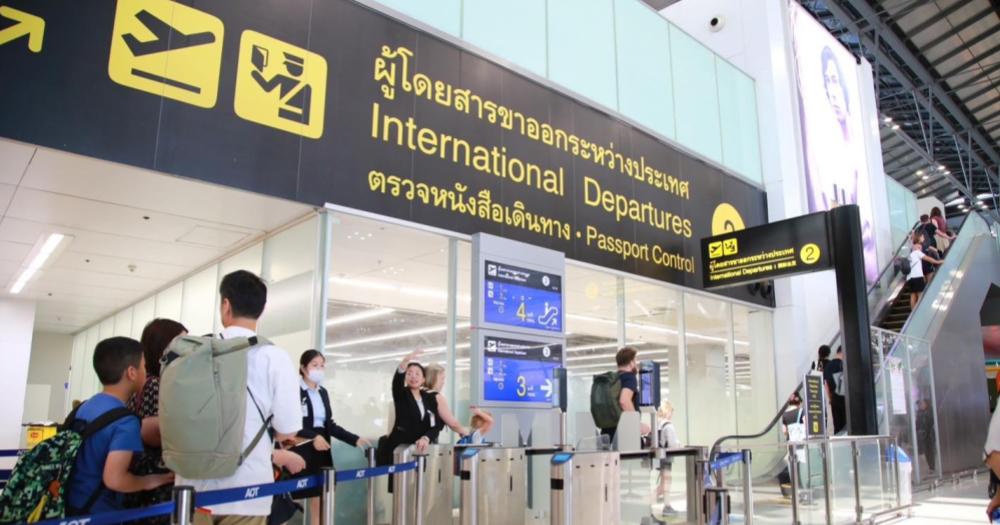
This new system is designed to simplify the immigration process, making your arrival quicker and more efficient. Here’s an in-depth look at everything you need to know about this requirement, including who must fill it out, how to apply, and tips for a smooth entry.
What Is the Thailand Digital Arrival Card (TDAC)?
The Thailand Digital Arrival Card is an online immigration form that travelers must complete prior to entering Thailand. This digital upgrade replaces the traditional paper arrival card, allowing for expedited processing at immigration checkpoints across the country. By submitting your details online, you contribute to a more efficient entry experience and help reduce paper use.
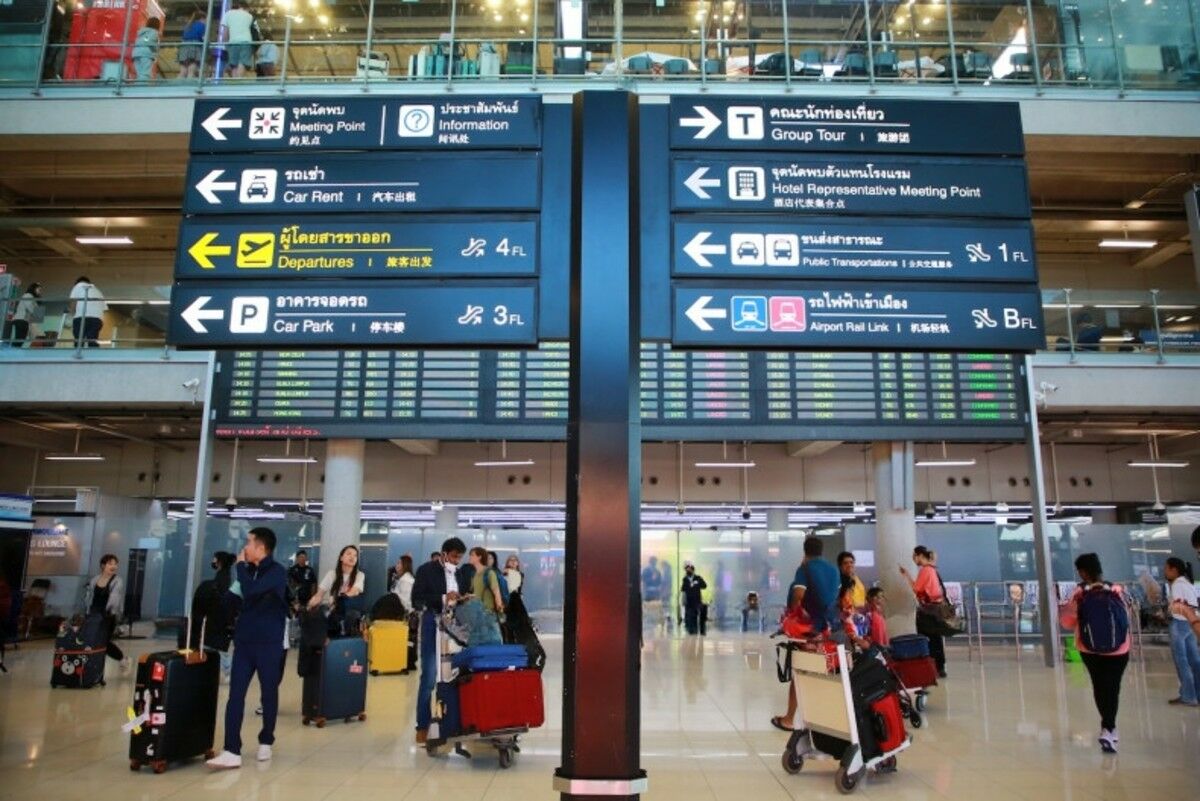
Key Features of the TDAC:
- Digital Submission: Complete your immigration details online before your flight, eliminating the need for paper forms upon arrival.
- Real-Time Processing: The TDAC allows for quicker processing at immigration counters, reducing wait times significantly.
Who Is Required to Complete the TDAC?
The TDAC is mandatory for all foreign visitors arriving in Thailand by air. This includes:
- Tourists: Individuals visiting Thailand for leisure or vacation purposes.
- Business Travelers: Those traveling for work-related activities.
- Students: International students who are studying in Thailand.
- Work Visa Holders: Individuals entering Thailand on work permits.
- Visa-Exempt Visitors: Travelers from countries that do not require a visa for short stays.
- Visa-on-Arrival Passengers: Travelers who are eligible for visas upon arrival.

Exemptions:
- Thai Citizens: Nationals of Thailand are not required to fill out the TDAC.
When Should You Complete the TDAC?
You can fill out the TDAC form up to three days prior to your arrival in Thailand. For example, if your flight lands on May 1, 2025, you can complete the TDAC on April 29, April 30, or May 1. It’s advisable to complete the form as early as possible to avoid any last-minute stress or technical issues.
How to Apply for the Thailand Digital Arrival Card
Applying for the TDAC is a simple process. Follow these steps to ensure you complete your application correctly:
-
Access the Official Website: Navigate to [Click here] to fill out the application form. It’s crucial to use the official website to avoid scams or misinformation.
-
Information Required: Prepare to provide the following details:
- Passport Information: Include your passport number, nationality, and expiration date.
- Flight Details: Enter your arrival flight number and the date of your arrival.
- Accommodation Address: Specify where you will be staying in Thailand.
- Contact Information: Provide a phone number or email address for communication.
Make sure to review all entered information for accuracy before submitting.
-
Confirmation of Submission: After successfully submitting your TDAC, you will receive a confirmation. While it is recommended to keep a digital or printed copy, the requirement for showing this confirmation at immigration is not explicitly stated.
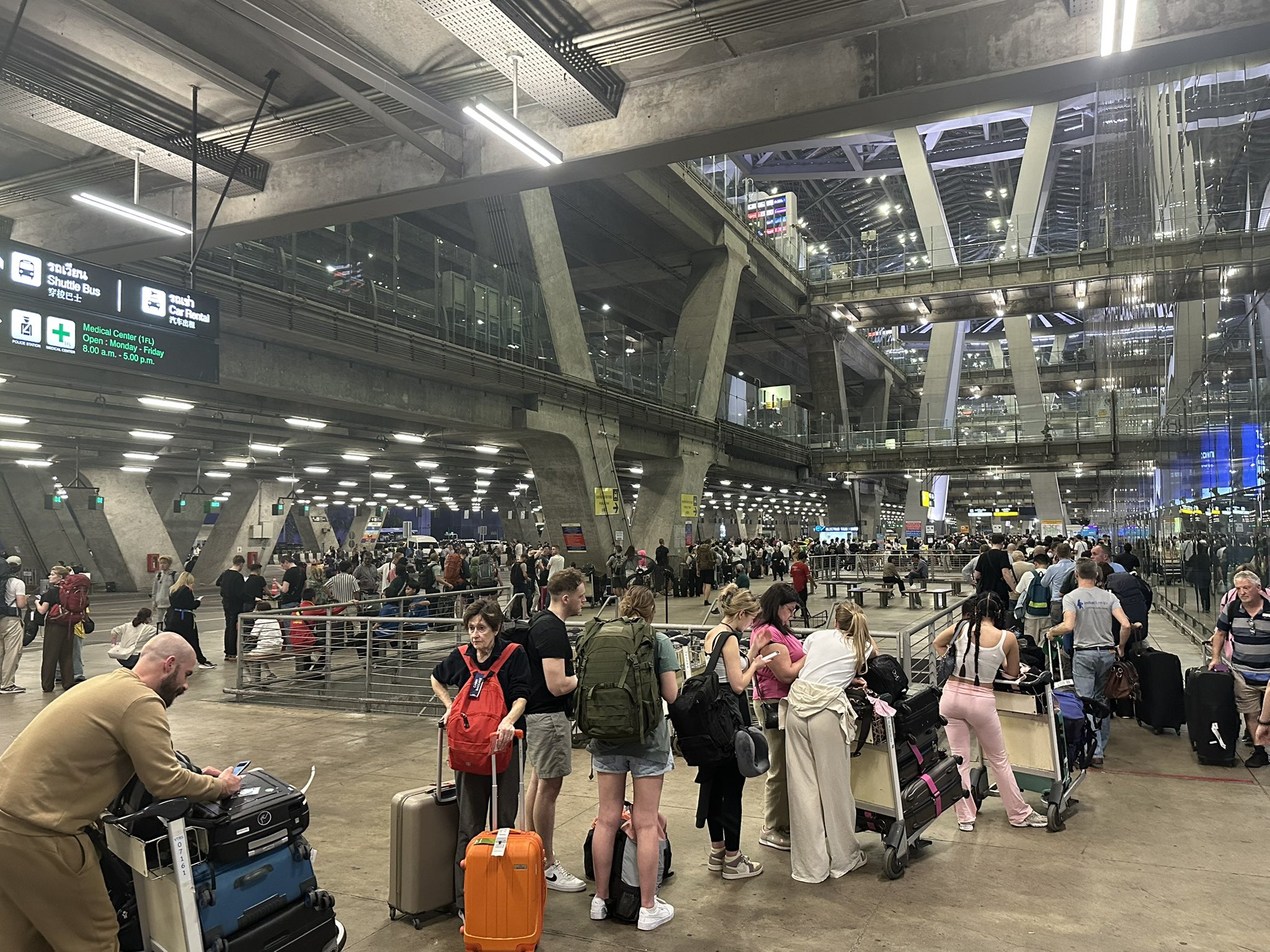
What If You Don’t Have a Smartphone?
If you do not have a smartphone or access to the internet, Thailand’s international airports will provide dedicated computer terminals where travelers can fill out the TDAC upon arrival. However, completing the form in advance is still highly recommended to save time and avoid long queues at the airport.
Important Information for Travelers
Here are some essential points to remember:
- Mandatory Requirement: The TDAC will be required starting May 1, 2025, for all eligible travelers.
- One Form Per Traveler: Each individual must complete their own TDAC, even if traveling as a family.
- Keep Confirmation Ready: While it’s not mandatory, having your confirmation available can help streamline your passage through immigration.
- Avoid Incomplete Forms: Failing to complete the TDAC accurately may result in delays or complications upon arrival.
- Data Protection: Thailand’s immigration authorities have implemented measures to protect travelers’ personal information.

Why Is Thailand Implementing the TDAC?
The introduction of the TDAC is part of Thailand’s broader efforts to modernize its immigration system. The goals include:
- Enhancing Efficiency: Streamlining the entry process to reduce wait times at airports.
- Improving Security: Utilizing digital data collection to strengthen border control.
- Minimizing Paperwork: Supporting eco-friendly travel by reducing the use of paper forms.
This initiative aligns with global trends in digitizing border entry systems, making travel more seamless and enjoyable for visitors.
Updated Liquid Rules for Hand Luggage
In addition to the TDAC, travelers should be aware of updated regulations concerning liquids, gels, and aerosols (LGAs) in hand luggage. These rules are in line with international aviation standards and include:
- Container Size: Each container must not exceed 100 milliliters, regardless of how full it is.
- Total Volume: Passengers are allowed to carry multiple containers, but the total volume must not exceed one liter.
- Packaging: All liquid items must be placed in a clear, resealable plastic bag for screening at airport security.
The new Thailand Digital Arrival Card represents a significant advancement in the country’s immigration process, aiming to provide a more efficient and traveler-friendly experience.

To ensure a hassle-free start to your adventure in the "Land of Smiles," remember to complete your TDAC well in advance, keep your confirmation accessible, and get ready to explore the rich culture, breathtaking landscapes, and warm hospitality that Thailand is renowned for. With these preparations, you can look forward to a smooth entry and an unforgettable travel experience!


.jpg)
.jpg)
.jpg)
.jpg)


.jpg)
.jpg)

.jpg)
.jpg)


.jpg)

.jpg)
 (1).jpg)
.jpg)
.jpg)
.jpg)




.png)
.jpg)
.jpg)






.jpg)
.jpg)
.jpg)




.jpg)
.jpg)


.jpg)

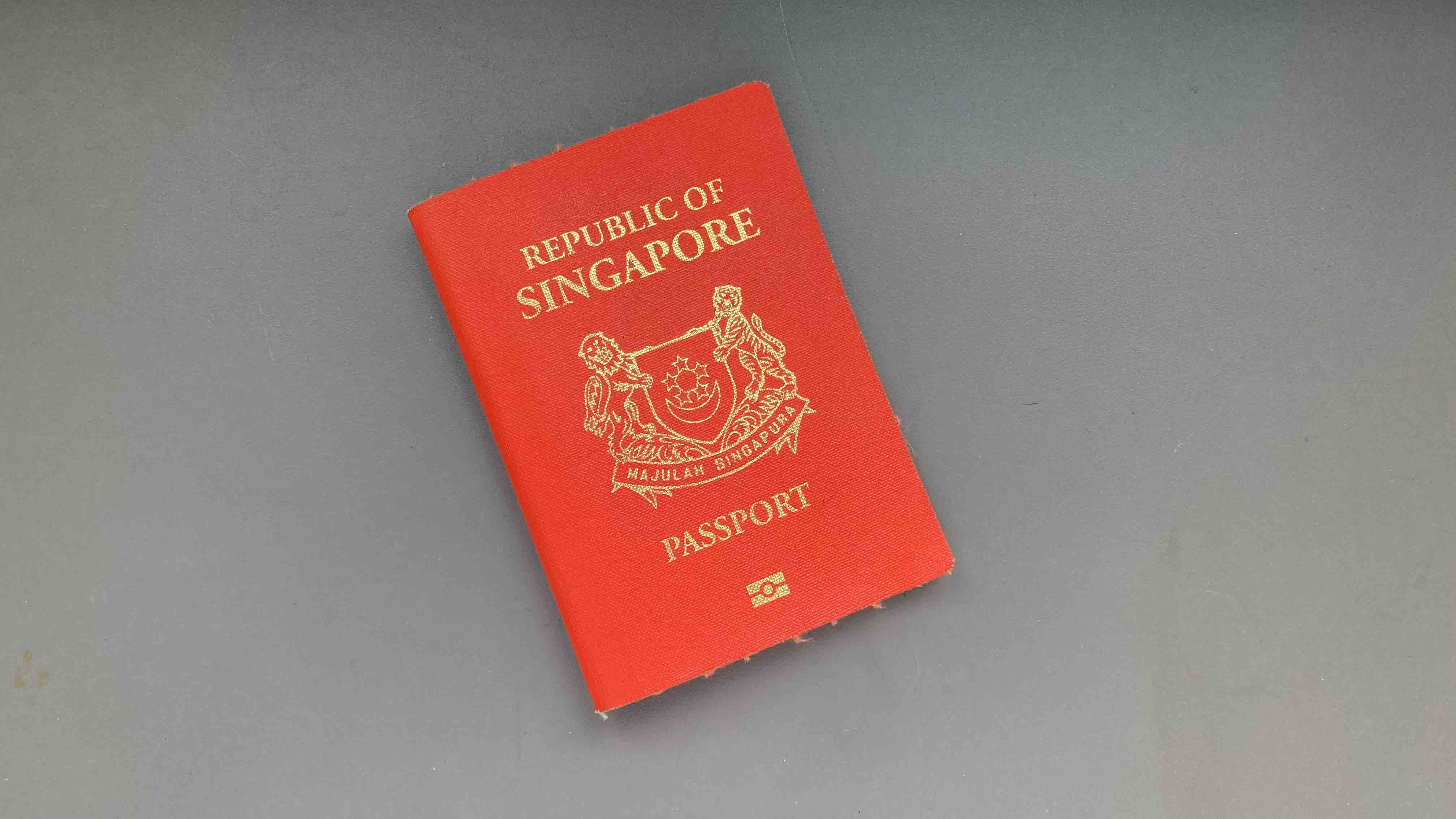
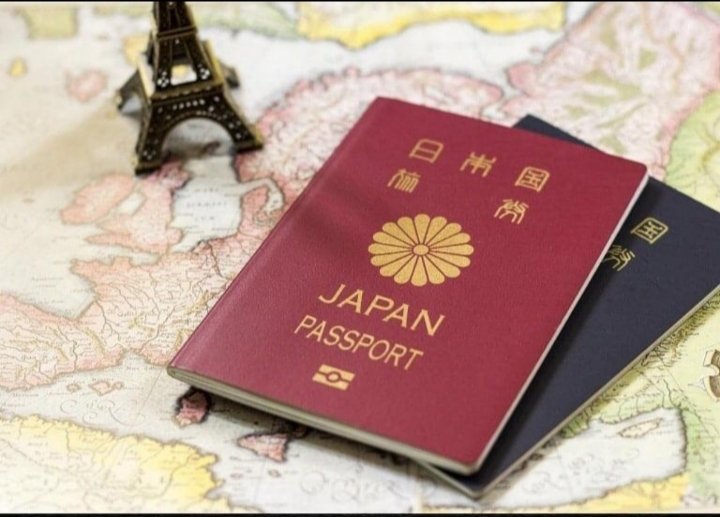
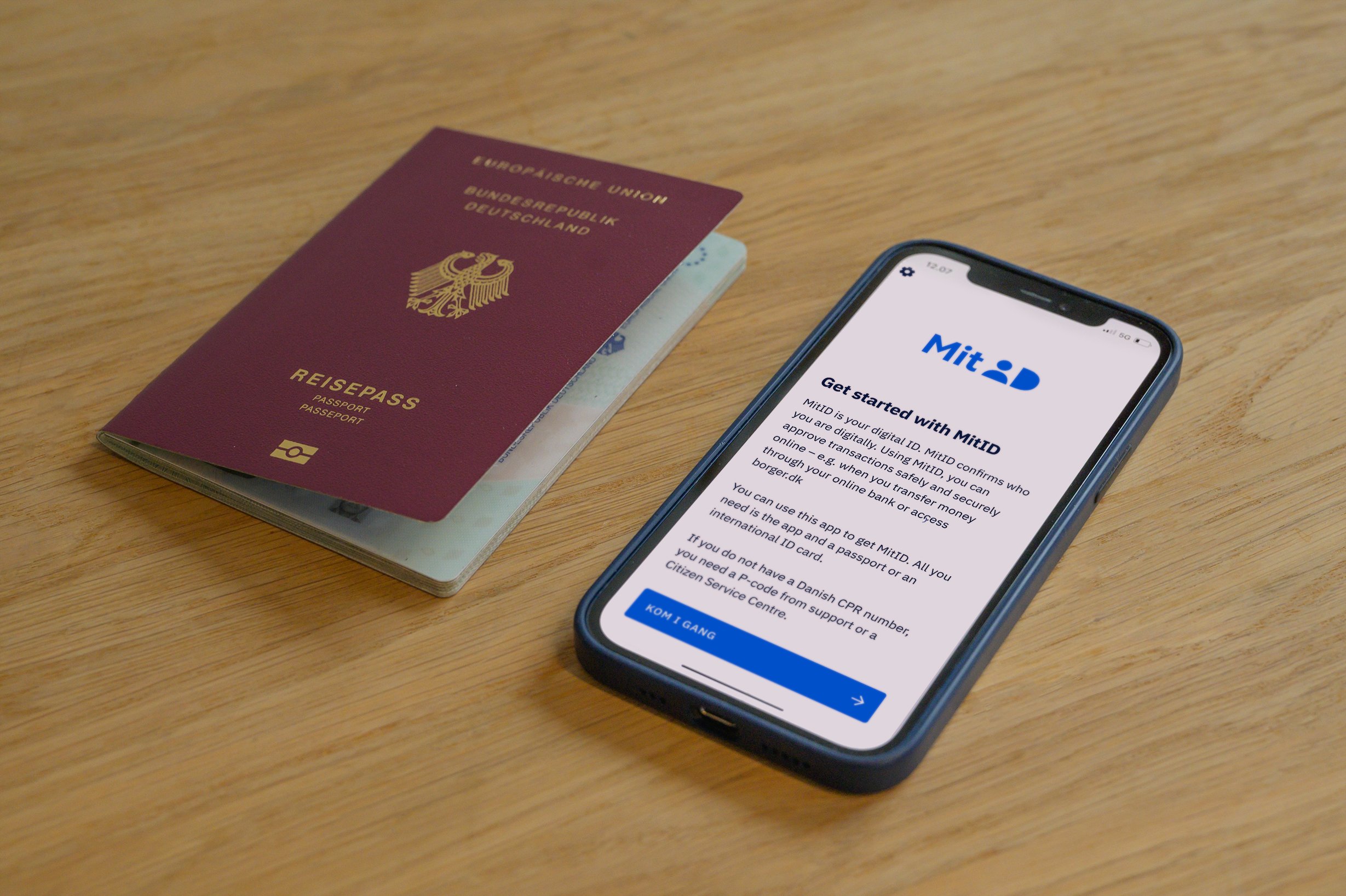
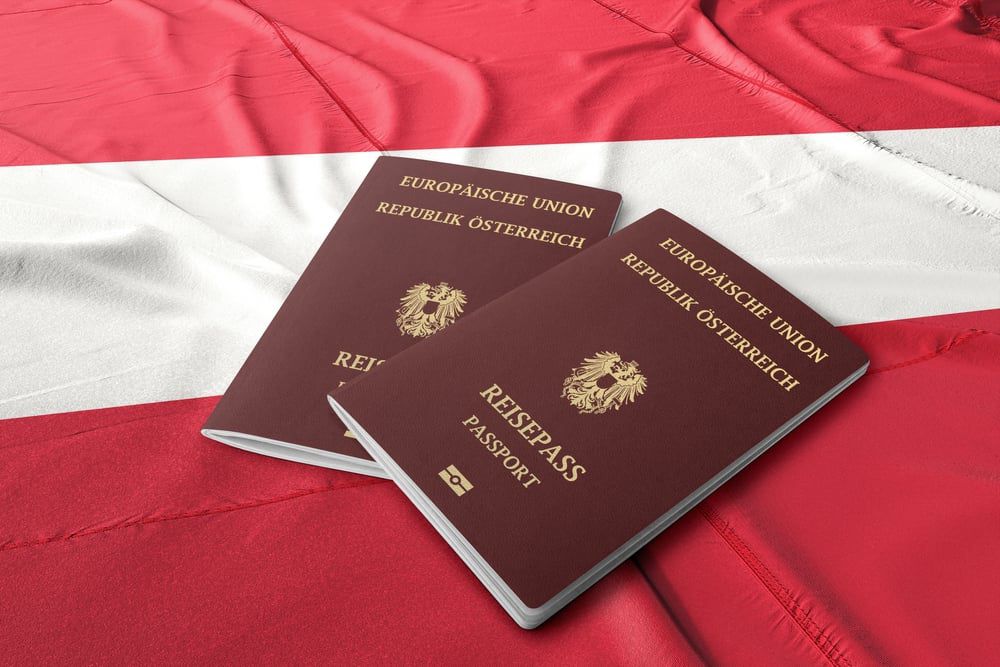
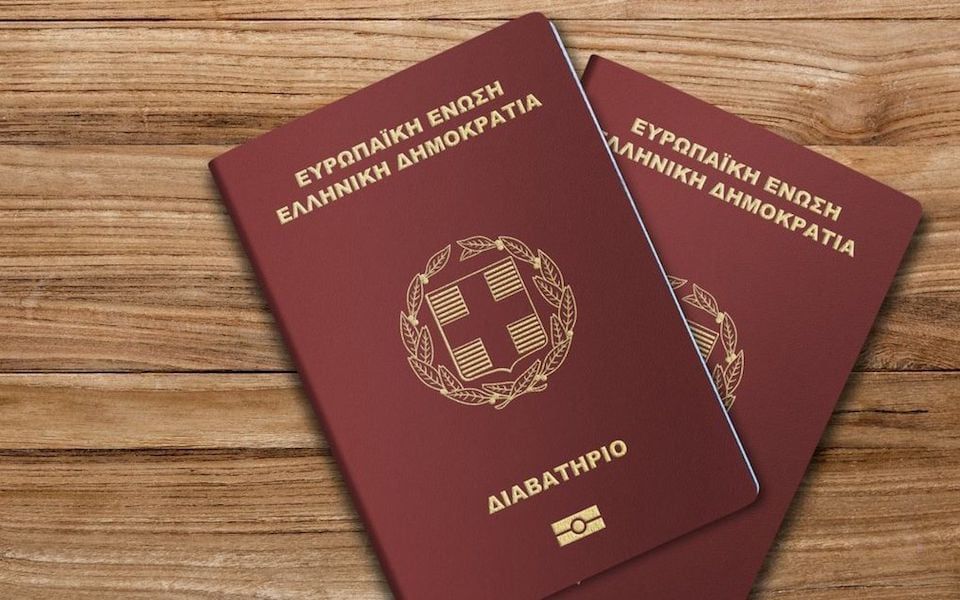
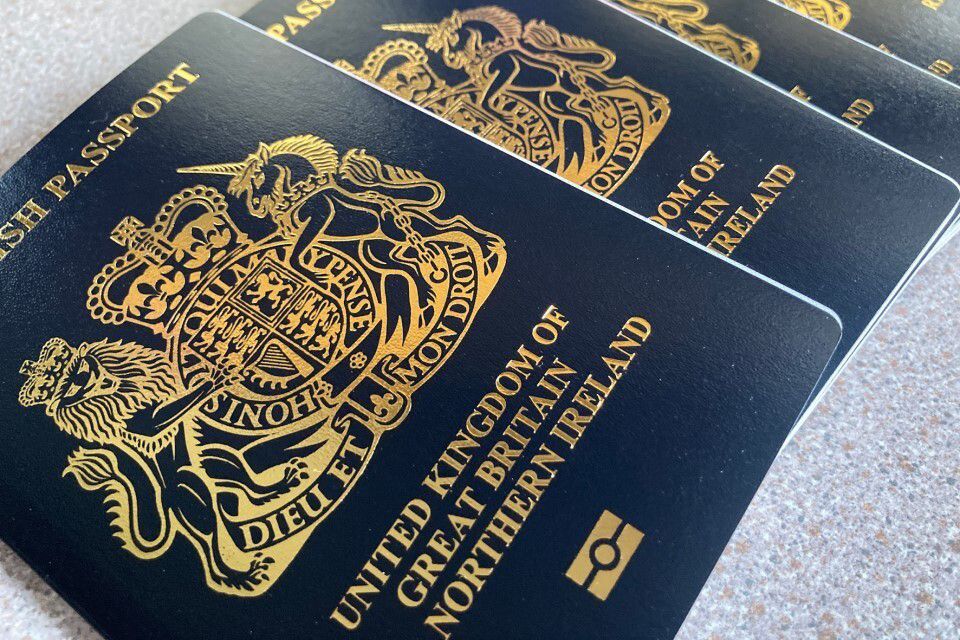
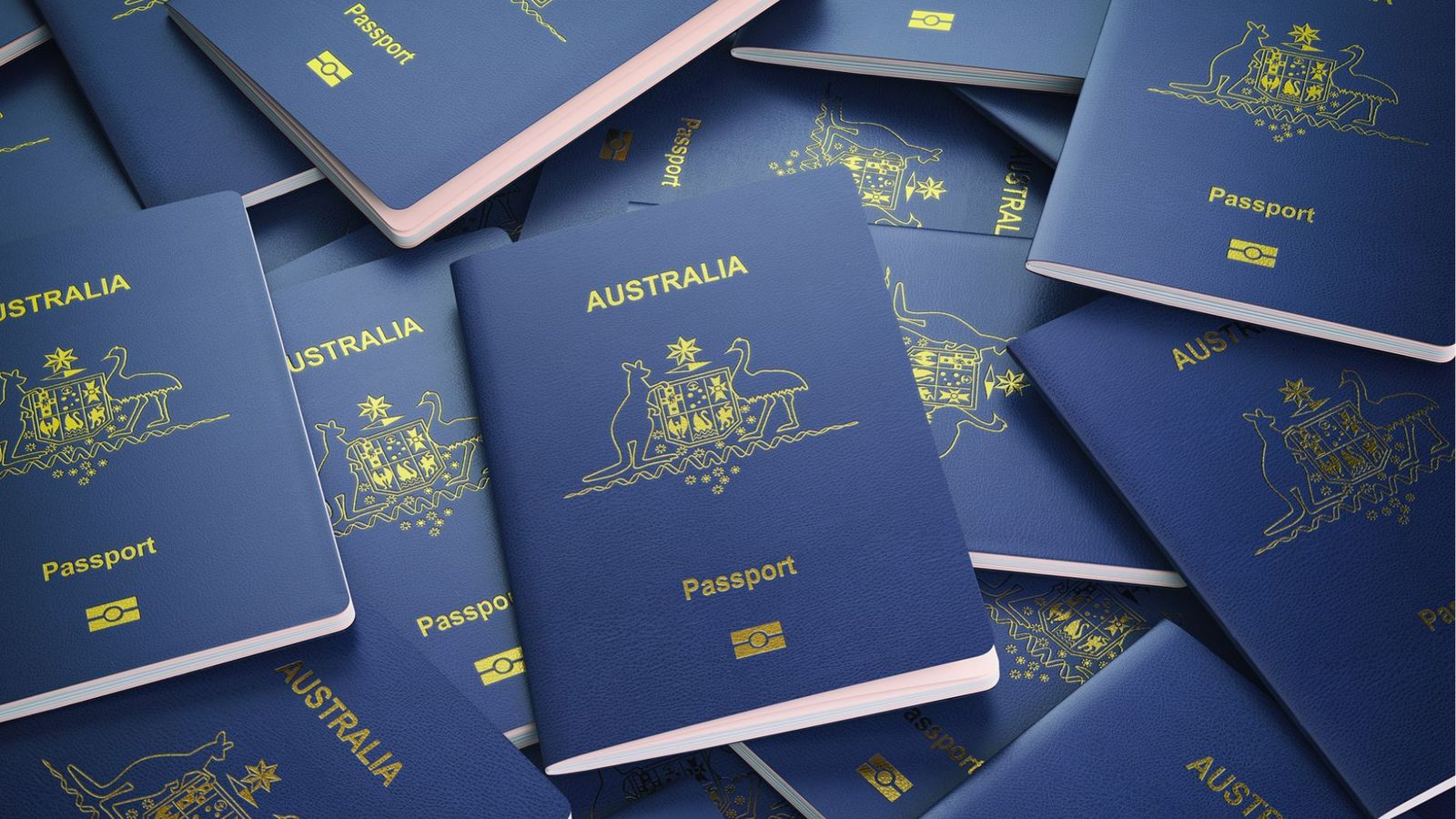
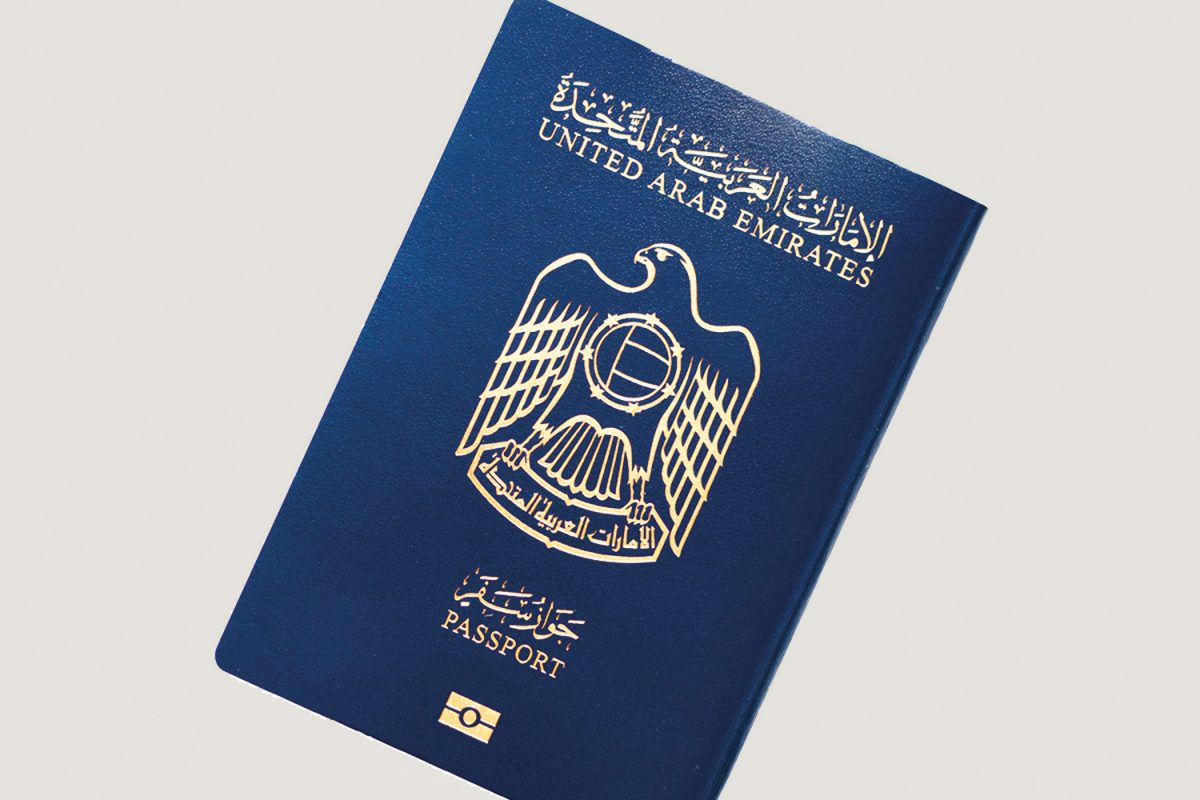

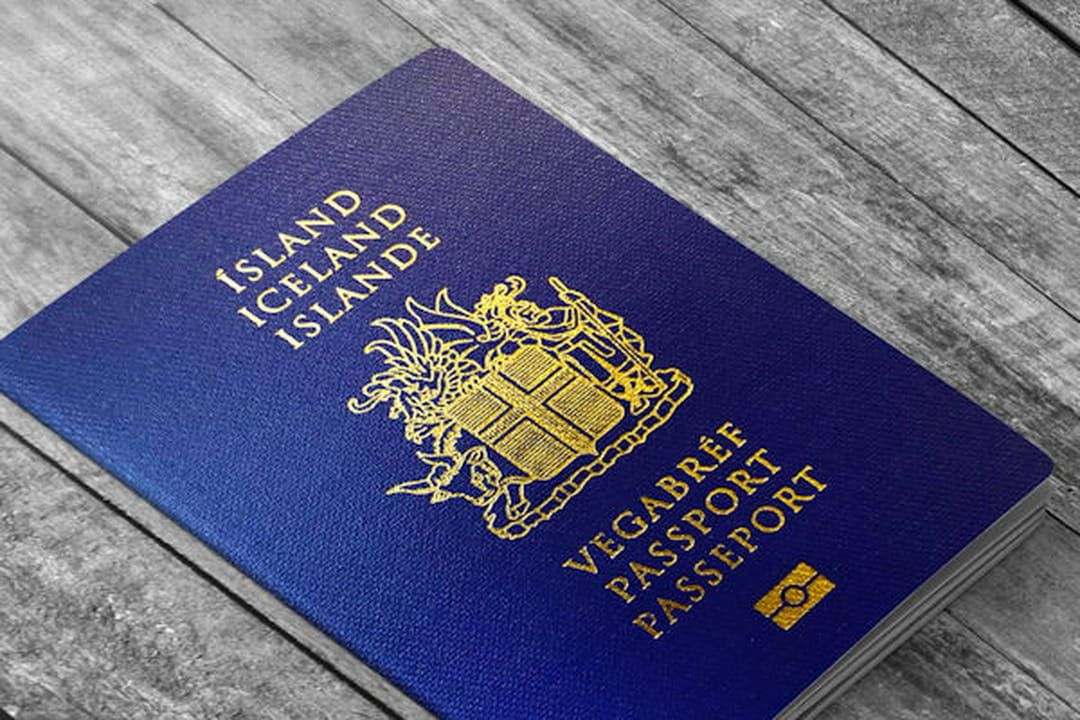




.jpg)
.jpg)
.jpg)
